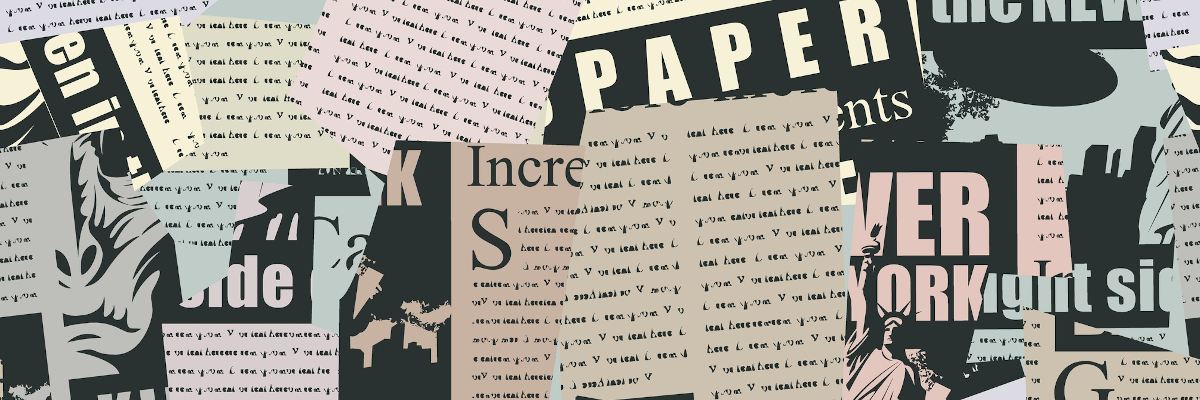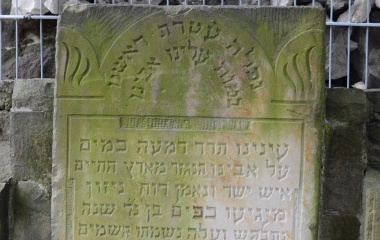
Shabbat in Krakow. A city of glory, like almost no other in Jewish history. The Jewish quarter dates from the 16th century and is actually known as Kazimierz. Today, it is part of Krakow, but originally was an island just next to Krakow where Jews were welcomed after being expelled from Krakow in 1495.
Krakow was teeming with Jews over Shabbat. Within just a few hundred yards, there are seven functioning (in some capacity) shuls, one more beautiful than the next (the city of Krakow emerged from the war virtually unscathed--tragically its Jewish population was shipped to Auschwitz, some 80 kilometres away). Friday night we davened in the Isaac Shul, built in 1638 by a wealthy Jewish merchant, Isaac Jakubowicz, known as Isaac the Rich, a banker to King Władysław IV. No effort was spared to create an awe-inspiring, artistically beautiful place to daven. The shul was full, mainly with visiting Israelis. The davening was beautiful, though I must admit that hearing a Carlebach Kabbalat Shabbat seemed a bit anachronistic sitting in Krakow.
As I studied the "murals" on the wall--quite a common practice in older European shuls--one in particular resonated with me. Adam doeg al mammono veino doeg al ibud yamav: damav einam ozrim vyamav einam chozrim, "people worry about their money, but do not worry about spending time frivolously--our money does not help, our days do not return." (As you can see, it loses much in translation.)
Shabbat morning, we davened in the Kupah Shul which, as its name indicates, was--unlike the privately funded Isaac Shul--built with communal funds. It, too, is quite impressive--though not quite as ornate as the Isaac Shul. The "kibbutz galiyut" in shul was something like I had never experienced before. Walking in, we met the Lubavitch rabbi of the shul and a couple of minutes later, a group of Satmer chassidim from New Square arrived. Joining in were a group of dati-leumi Jews from Israel, NCSY public school kids, a yeshiva high school class from Brazil, and some tourists, who probably have not been to an Orthodox shul recently (one was talking on her cell phone in the courtyard). People in black hats, streimelach, kippot srugot, and baseball caps all joined together in prayer. It was hard to imagine a more beautiful sight. If only such could last...
After davening, we walked across the street to the Jewish community centre. The passion of the director was contagious. Jonathan grew up in Forest Hills, Queens, moved to Israel, served in the army as a lone soldier and moved to Poland 13 years ago. Besides directing the centre--there are some 600 local members--he teaches Jewish studies at the University of Krakow. To hear him tell it, Krakow is one of the most exciting places to live as a Jew. Every day, Poles are discovering their Jewish roots. Fascinatingly, many non-Jewish Poles are most interested in Judaism, and thousands take courses on Judaism in the University. There is a large Jewish festival every year organized by non-Jews, and the centre itself has 50 non-Jewish volunteers.
He was most proud of the how "open" this all is. There is a large public sign saying "Jewish Community Centre", there are no armed guards--in other words, there is absolutely no fear of expressing one's Jewishness in public. As anyone who has travelled through Europe knows, this is the exception to the rule. Add to this that Poland is one of Israel's greatest friends in the UN, and the strong relations between Israel and Poland. As insane as it sounds, Poland is very likely the safest place in Europe for Jews today. What I found so moving is that Jonathan is, as he put it, "not very religious". In an age of so much apathy, it is heartening to see the passion for the Jewish people of non-Orthodox Jews.
In addition to the director, the centre does have an (Orthodox) rabbi, Rabbi Avi Baumel, who spoke to us at Seudat Shlesheet. Rabbi Baumel served as Rabbi in Vancouver for 5 years, made aliyah about 20 years ago and now splits his time between his home in Efrat and his "home" in Krakow, Poland. He, too, discussed the tremendous interest in Judaism, noting that he gives eight classes a week with an average attendance of about 40 people at each class (how many rabbis in North American shuls can say the same?). He discussed the complexity of Jewish life here, not the least of which is the difficulty of establishing one's Jewish bona fides. And while there are remnants interested in the community who express their Jewishness in a religious fashion, most of the younger people's interest in Judaism is cultural or educational. The people who come to the JCC for Shabbat dinner are not interested in davening first--though this a problem not unique to Poland. Despite the renewed interest in all things Jewish, the numbers of active Jews is still very small.
Adjacent to the JCC is the most beautiful shul in Krakow, the Temple Shul, which, as its name indicates, was a Neologue shul. The major innovation of these shuls was that the rabbi spoke in the vernacular there was an emphasis on decorum and many had a non-Jew playing the organ. (While today such would be unheard of in any traditional congregations it was precisely because arguments could be made to allow such halachically that the introduction of the organ caused such fierce negative reaction.) As in all Neologue shuls, woman sat in an upstairs balcony and while today, all will daven in the shul, these shuls were generally put into cherem by the more traditional elements of the community. It was at the Temple Synagogue in Krakow where Yosele Rosenblatt introduced his shir hama'alot--one sung by so many of us on a regular basis.
Shabbat afternoon, we went to the "Beit Midrash" of the person who without a doubt was the greatest marbitz Torah, disseminator of Torah, in the 20th century (as well as many other centuries), Sarah Schenirer. When Poland became independent after WWI, education for all became compulsory. For the first time, girls started attending public schools--the idea of a day school, especially one that might include girls, was unthinkable in Eastern Europe at that time--while the boys' yeshiva education apparently met the approval of the Polish officials. Within a very short period of time, the young men and women inhabited different worlds. It was not uncommon for the men to go to shul on Friday night and the girls to go to the movies with their classmates. Shidduchim were very hard to make.
The Schneiers, like many families, fled to Vienna during the war and there she was exposed to German Orthodoxy for the first time (she came from a family of Belzer chassidim). She saw professionally trained Jewish educators teaching both boys and girls. When the family returned to Poland and she saw what was happening, she was determined to stem the tide of assimilation through Torah education.
She was not only a visionary, but a master administrator--an extremely rare combination. She organized professional educational conferences, bringing in the leaders of Torah education from Germany. Curriculum was developed, teachers trained, students inspired, and a revolution begun. She inspired and trained hundreds of young women to teach--sending them to whatever towns she could convince to open a school. The setting of the original Bais Yaakov was beautiful, situated directly across the street from a expansive park and the banks of the Vitstula River. Perhaps most remarkable is how she, a single woman in her 30's, convinced the gedolei yisrael that the methods they had encouraged to "educate" Jewish girls were just not working, and a new approach was needed. By the time she died in 1935, there were hundreds of Bais Yaakovs throughout Eastern Europe.


